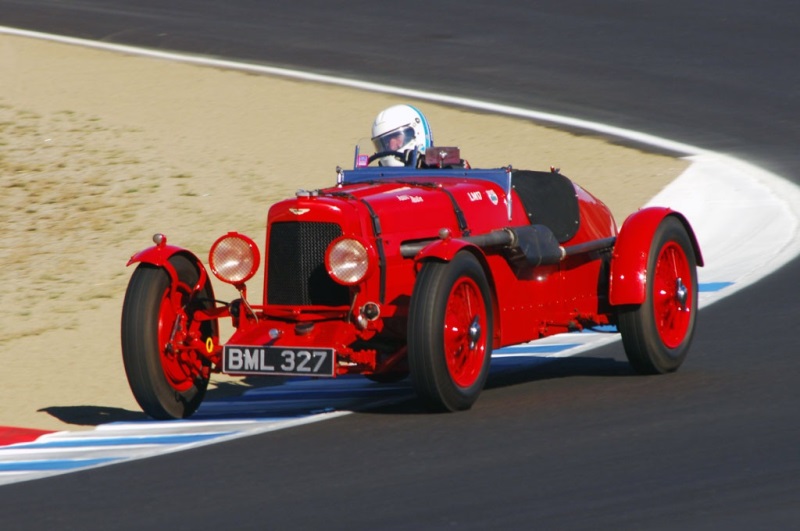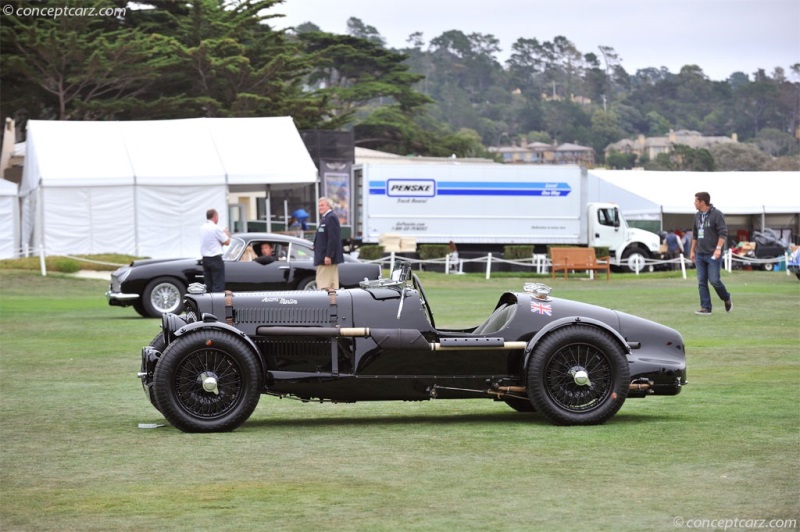Lionel Martin and Robert Bamford founded Aston Martin in 1913. A year prior, the two individuals had formed Bamford & Martin to sell cars produced by Singer from shops in Callow Street, London where they also serviced Calthorpe and GWK vehicles. The Aston Martin-built vehicle, created by Martin, had a four-cylinder Coventry-Simplex engine installed in the chassis of a 1908 Isotta Fraschini. 
Racer
Chassis #: LM17
View info and historyAfter moving to Henniker Mews in Kensington, they produced their first car in March of 1915. Production was halted due to the outbreak of World War I, and Bamford joined the Army Service Corps and Martin joined the Admiralty.When peacetime resumed, they began designing a new car at their new premises at Abingdon Road, Kensington. Bamford left in 1920 and Bamford & Martin was revitalized with financial backing from Count Louis Zborowski. After producing several cars, the company went bankrupt in 1924 and was bought by Dorothea, Lady Charnwood who placed her son John Benson on the board. The company lasted another year before it was in re-entered financial difficulty, forcing Martin to sell the company.The company formed by Robert Bamford and Lionel Martin quickly established a reputation for sporting and high-performance prowess in the years immediately following The Great War. Race on Sunday, sell on Monday was an important part of many automotive businesses and it helped accrue invaluable publicity. However, the Aston-Martin concentration on motorsports distracted it from the business of manufacturing cars for sale, and approximately 50 examples (or less) were sold by 1925 when the company underwent the first of what would be many changes of ownership. 
Racer
Chassis #: K4 509 U
View info and historyUnder the stewardship of Augustus 'Bert' Bertelli and William Renwick, Aston Martin Motors Ltd was formed in 1926 with the intent of proper series production. Additional investments were made by Lady Charnwood. Renwick and Bertelli had been in partnership for several years and had developed an overhead-cam four-cylinder engine employing Renwick's patented combustion chamber design. Bertelli had experience as an automobile engineer, having designed cars for Enfield & Allday. The 1,492cc overhead-camshaft four-cylinder engine would be used to power the new 11.9 Aston. It was built at the firm's new Feltham works, and this first 'new generation' of Aston Martins was put on display at the 1927 London Motor Show at Olympia.Once again, motorsports were used to promote the brand and demonstrate the durability and capability of the vehicles. Two works racers were built for the 1928 season and were based on the 1.5-liter road car. They were given a dry-sump lubrication system which aided them in long-distance endurance sports car events, and this feature would later be used on the International sports model, newly introduced for 1929. The International was manufactured between 1929 and 1932 and built on two-wheelbase lengths of 102 inches or 118 inches. Most of the bodies were built by Augustus's brother Enrico 'Harry' Bertelli. After Aston's class victory and 5th place overall in the 1931 LeMans race, the company began using the 'Le Mans' label for the competition version of the 1st Series International. At the 1932 event, the model placed 5th and 7th and collected the Rudge-Whitworth Biennial Cup. 
Racer
Chassis #: K4 509 U
View info and historyThe Great Depression of the early 1930s affected all industries, including the automobile segment, and especially the high-priced market. To remain in business and reduce the cost of their product, the company redesigned the international chassis using proprietary components which helped reduce costs. The worm rear axle was replaced by an EVN spiral bevel, and a Laycock gearbox was installed, mounted in unit with the engine. These new components were installed in a redesigned chassis frame and fitted with several other modifications creating a virtually new car, although it wore the same coachwork and was sold as the 'New International.' These '2nd Series' vehicles - the New International and two-seater Le Mans - lasted only a short time, ending before the close of 1932. Aston-Martins products now consisted of the Le Mans 2/4-seater and the long chassis Le Mans Special four-seater.The company was once again in financial trouble in 1932, and was rescued for a year by Lance Prideaux Brune before passing it on to Sir Arthur Sutherland in March of 1933.In 1934, the Mark II model appeared, built atop a stronger chassis and powered by a revised engine with a counter-balanced crankshaft. Two wheelbase versions were available, a short 103-inch and a longer 120-inch platform. The LWB version wore four-seater sports saloon coachwork by Enrico Bertelli. 
Racer
Chassis #: K4 509 U
View info and historyThree competition cars were built to contest the 1934 Le Mans race. They were built on the new MKII chassis and the frames were drilled to reduce overall weight. During the race, all three cars retired prematurely due to mechanical problems. Bertelli's solution to fixing the cars and reversing the bad luck was to change the paint color from the various shades of green previously used, to Italian Racing Red. Three new cars were built on unmodified frames and were prepared for the next race on Aston Martin's calendar, the RAC Tourist Trophy at Ards in Ulster. Bertelli's superstition solution must have worked, because the trio finished 1st, 2nd and 3rd in class, earning Aston Martin the Team Prize. The company capitalized on this racing success by exhibiting spin-off models at the Olympia Motor Show in October of 1934. These cars were introduced as 'a Replica of the three cars which ran so successfully in the 1934 TT race.' These Ulster models were built on the shorter of the two MKII chassis and the engine was given additional tuning and more careful assembly. The inlet and exhaust ports were polished and the compression ratio was raised to 9.5:1 thanks to the domed pistons and a 'stepped' cylinder head. The Laystall crankshaft and the valves and valve springs were of higher specification than those of the other MkII models. These changes brought horsepower up to 85 bhp. Lightweight bodywork in door-less two-seater configuration was often fitted and the company proudly guaranteed that every Ulster was able to exceed 100 mph with full road equipment.In keeping with the tradition of the company's race car program, the Ulster models had dashboards painted matte black and the radiator surround in body color, as early-morning sunlight had been found to be a problem with flat out at LeMans. Additionally, every chassis nut was secured with a split pin.
Racer
Chassis #: LM17
View info and historyAston Martin built 31 examples of the Ulster, including 10 team cars. Of those, 28 examples have survived in modern times. Most of the Works Ulsters were given the 'LM' prefix. In 1935, a works car (chassis number LM20 driven by C.E.C 'Charlie' Martin) finished 3rd overall at LeMans, winning its class and the Rudge Cup. Chassis number 'LM19' was driven by Clifton Penn-Hughes, leading the 1.5-liter class during the early part of the race, and way ahead of the two sister works 'LM' cars. The day-long race, saw LM19 disputing the lead with other British marque rivals of Riley and Singer. LM19 was overtaken in the second hour by LM20, soon followed by Jim Elwes's LM18. LM19 and LM20 continued to run strong, even after stopping to refuel, check tires, and changed drivers - Tom Fothringham in LM19 and Charles Brackenbury in LM20. As it began to get dark that Saturday evening, rain began to fall.Fothringham worked hard to keep pace with the experienced pace of Brackenbury. Perhaps pushing a little too hard, he hit a puddle in the White House Curve just short of the pit area, sending LM19 into a spin, and rode up the roadside bank. The car then flipped off the top, throwing out its driver before landing and coming to a halt. Thankfully - and miraculously, Forthingham was able to get up and move to safety with nothing more than abrasions and bruises - and a hurt ego. This would be the only time pre-World War II that a works car would fail to finish due to accident damage. 
Racer
Chassis #: LM17
View info and historyThe Martin/Bracknbury car LM20 would finish third overall and win their 1500cc class. The privateer entered Aston martin Ulster driven by Tommy Clark and Maurice Falker finished in eighth place overall, third in the 1500cc class. C.T. Thomas/M. Kenyon finished in tenth overall, and eleventh by Peter Donkin/Malcolm Douglas Hamilton and twelfth Jim Elwes/Mort Morris-Goodall - all in Aston Martin Ulsters. A sixth Aston Martin Ulster driven by Goldie Gardner/A.C Beloe finished in 15th place.
by Daniel Vaughan | Feb 2020
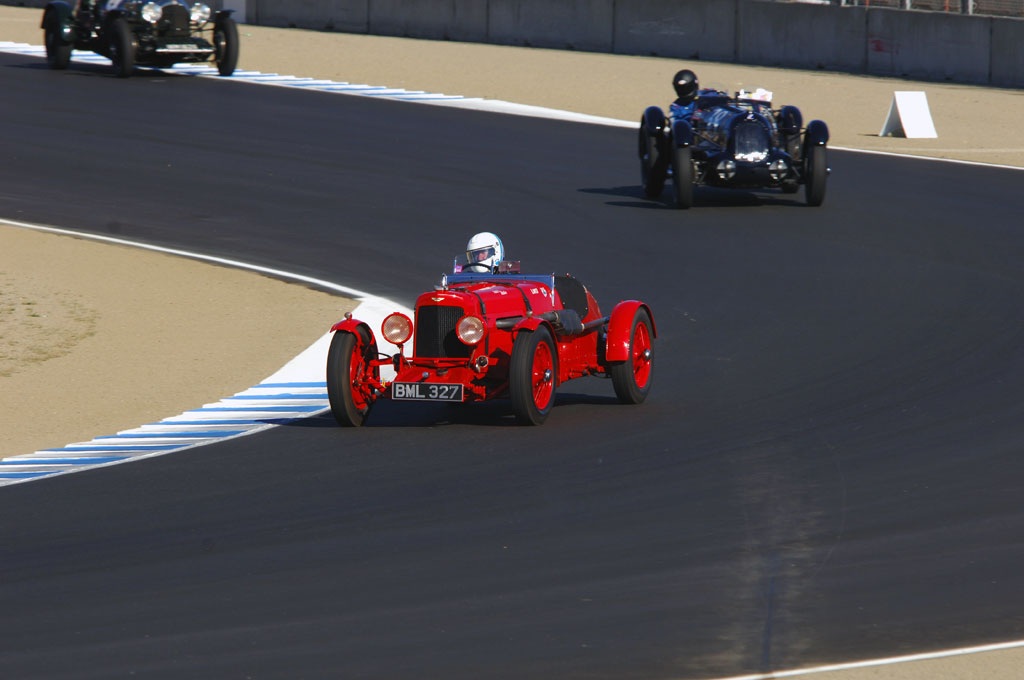
Racer
Chassis #: LM17
View info and history
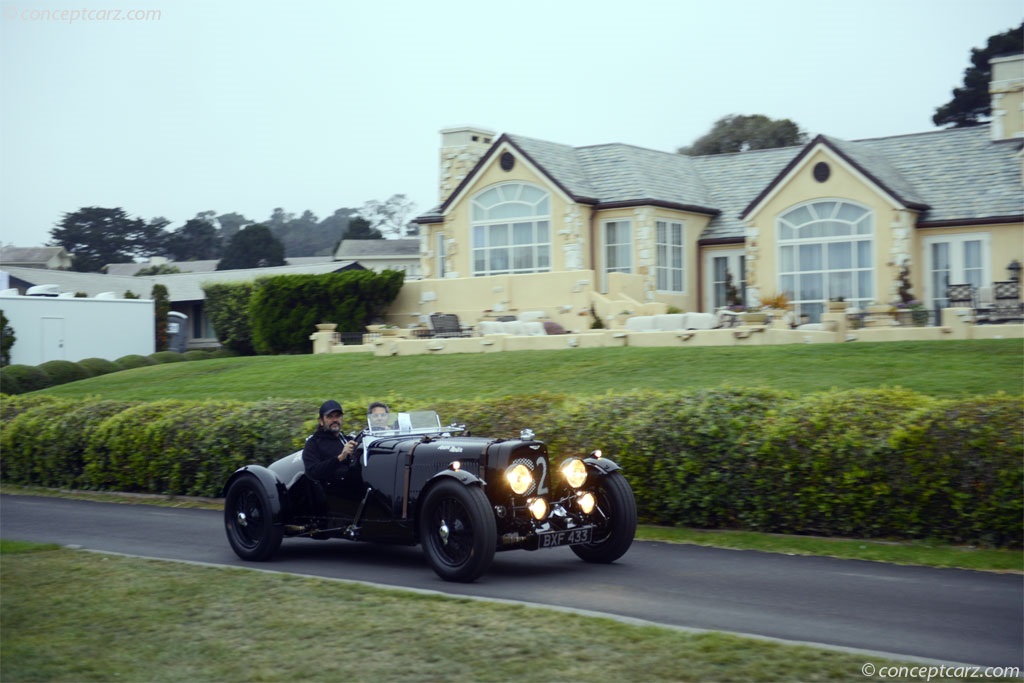
Racer
Chassis #: K4 509 U
View info and history
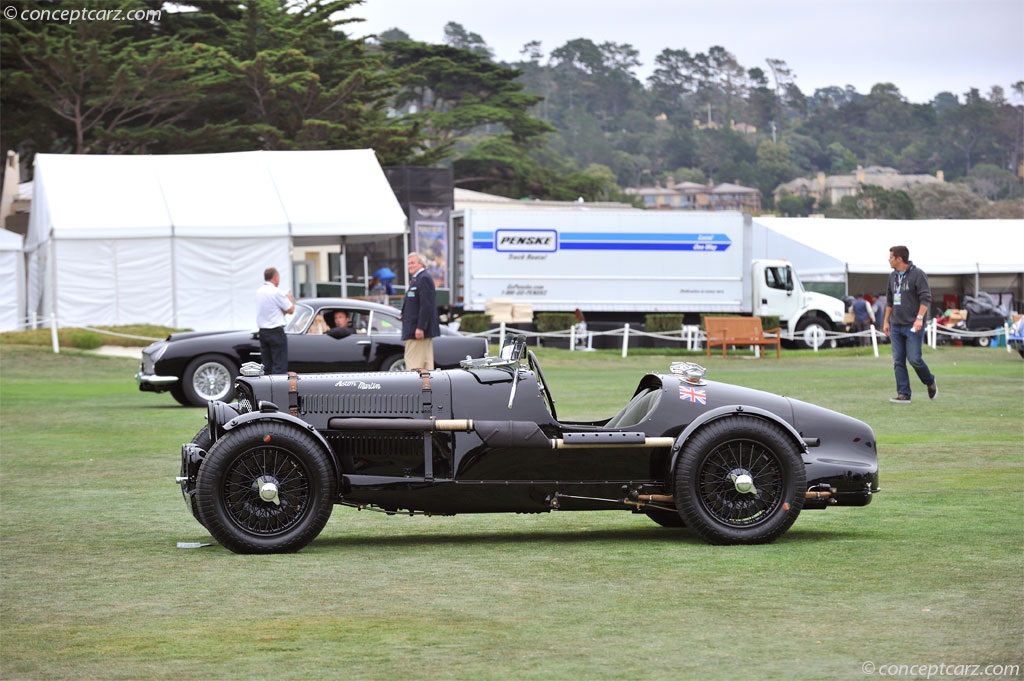
Racer
Chassis #: K4 509 U
View info and history

Racer
Chassis #: K4 509 U
View info and history
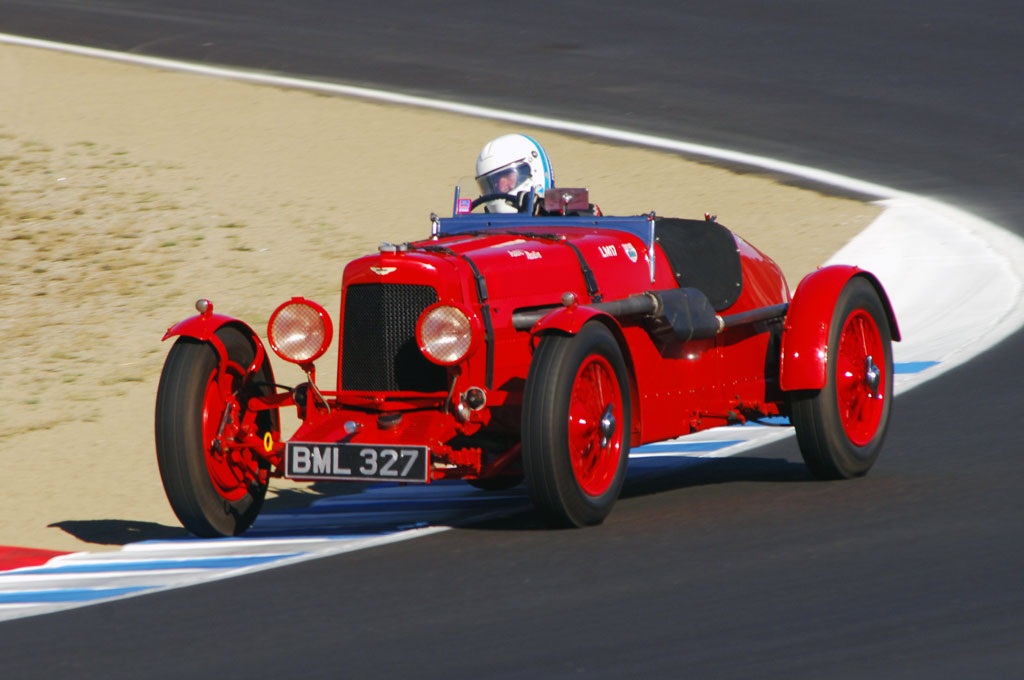
Racer
Chassis #: LM17
View info and history

Racer
Chassis #: LM17
View info and history
by Daniel Vaughan | Feb 2020
Related Reading : Aston Martin Ulster History
Aston Martins were an important car in the history of auto racing, and were well excepted by the automotive enthusiast community who enjoyed driving the cars during the week and racing them on the weekend. During the mid-1930s, Aston Martin introduced their 1.5-liter Ulster cars, named after a victory by the Works team at Ulster. There were few differences between the road going cars and the....
Continue Reading >>
Continue Reading >>
Aston Martin
Similar Vehicles
Similar Automakers
Similarly Sized Vehicles
from 1934
1934 Aston Martin Ulster Vehicle Profiles
Recent Vehicle Additions
Related Automotive News

Gooding & Company Unveils Online Catalogue for Pebble Beach Auctions, Announces Additional Star Consignments
The catalogue features major new additions from the auction house, including a 1959 Ferrari 250 GT LWB California Spider Competizione, a 1998 Mercedes-Benz AMG CLK GTR Strassenversion, a 1957 Maserati 200 SI, and a 1961 Aston Martin DB4 GT.
The...

Fighting spirit: The history of Aston Martin in Grand Prix racing
Aston Martin is returning to the F1TM grid in 2021 for the first time in over 60 years
Better known for its achievements in sports car racing Aston Martin also has a fascinating Grand Prix history, rich with anecdotes and characters
Key figure...

Festival Of Speed Celebrates Aston Martin's Racing History
Festival of Speed Central Feature dedicated to Aston Martins racing history
Central feature represents a continuous race track adorned with the Le Mans winning DBR1
Aero kit released for Aston Martins true sportscar, Vantage
Q by Aston Martin...

A Brace Of Pre-War Aston Martins Lead The Charge For British Marques At Grand Palais Sale
Despite taking place across the channel, the Bonhams sale Les Grandes Marques au Grand Palais in Paris on 9th February will witness the sale of some of Britains finest motor cars. More than 30 vehicles from 7 of the most celebrated British marques will...
1958 Targa Florio: Musso Commands the Heights
During the invasion of Sicily during the Second World War it would be the mountainous roads around the island that would pose the greatest hindrance to the advance of the British and American forces trying to breakthrough on their way, ultimately, to...























